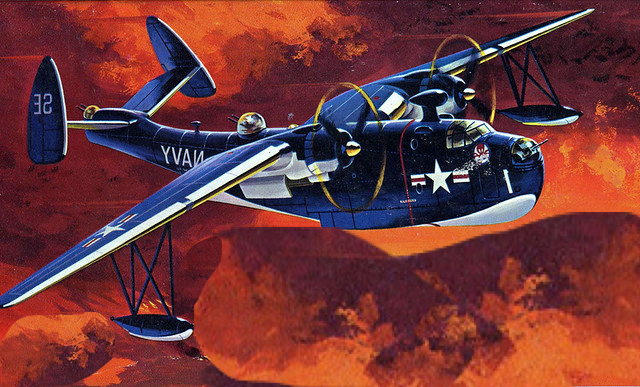
GEORGE 1 in Antarctica
There is possibly no place more hostile to flight than Antarctica. The weather conditions can change quickly and you can lose all sense of perspective when the ice and sky blend into a continuum of white. So it isn’t surprising that the Antarctic continent has seen its share of aircraft crashes.
In 1946 a Martin Mariner PBM 5 aircraft ‘George 1’ crashed into the Walker Mountains on December 30, 1946, disintegrating and burning on impact.
The crew members and their plane were part of Operation Highjump, led by the renowned polar explorer, Rear Admiral Richard E. Byrd. Highjump is to this day the largest expedition ever in Antarctica, consisting of 13 ships, 23 aircraft and 4,700 men.
The aircraft’s pilot Ralph Lebance sat unconscious in his burning cockpit with his clothing on fire. Co-pilot Lt. Kearns, Radioman Jim Robbins and crew chief Bill Warr went back onto the flight deck and pulled him out.
Wendell Henderson was killed instantly at the radio panel and ensign Max Lopex was found dead at the navigator’s table. Flight Engineer Fred William was thrown clear but died two hours later.
After the crash, the six survivors endured terrible weather, dealt with injuries sustained in the crash and faced a limited diet of mainly dried meat. They were rescued 13 days later after a reconnaissance plane from the US Navy ship USS PINE ISLAND finally spotted them huddled at the wreckage.
They were relieved, but still had to manhaul injured crewmen 16 km on a sled to a spot where a seaplane could land to rescue them.
Henderson, Williams, and Lopez were buried at the crash site and their remains have not been recovered though there has been much discussion about doing so.
At McMurdo Station, the United States research base on the edge of the Ross Ice Shelf, there is a plaque to honor the men, the first Americans to die in Antarctica on any of Admiral Byrd’s many expeditions.

